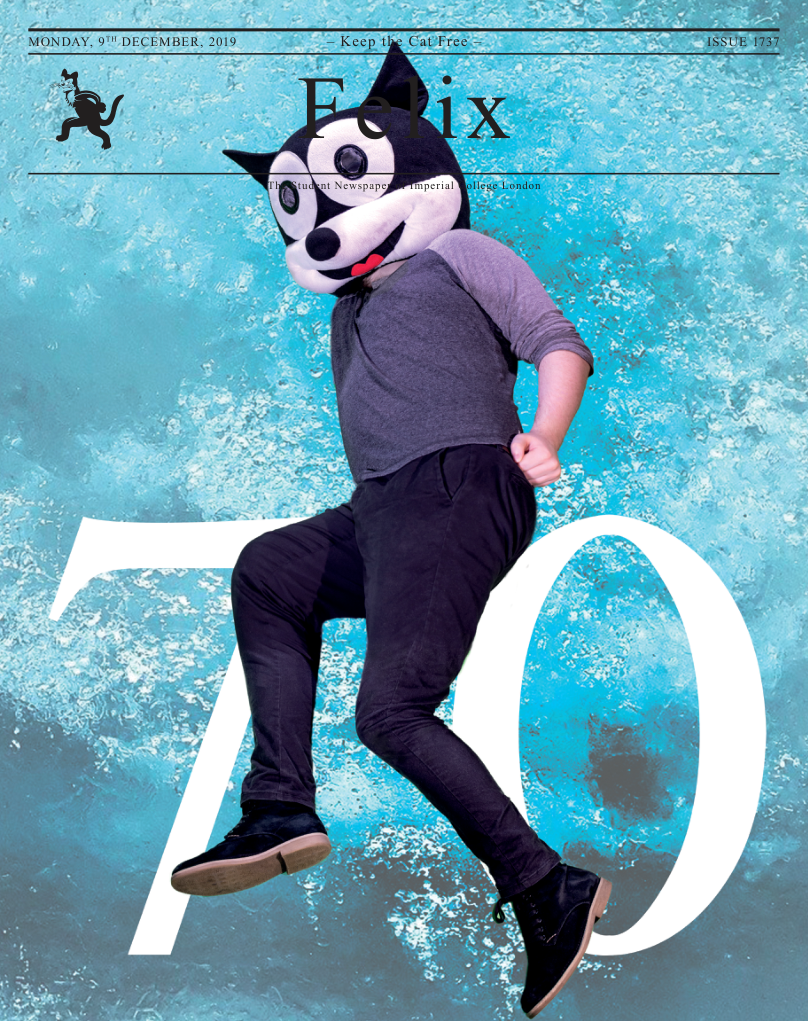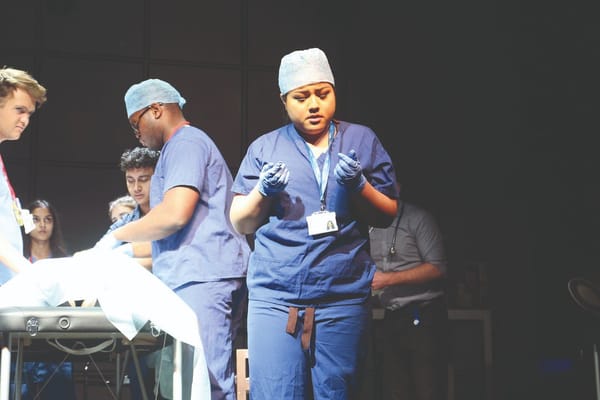Troy: Myth and Reality

4.5 stars
Legend has it that the goddess of discord threw a golden apple into a crowd, bearing the inscription ‘for the most beautiful’. It was claimed by three goddesses, Athena, Hera and Aphrodite, and Zeus asked The Trojan prince Paris to make the final judgement. He chose Aphrodite, who promised him the most beautiful woman in the world. This woman was Helen, wife of the Greek king Menelaus. who Paris stole away from Greece and across the sea beginning the siege of Troy. During the war, atrocities were committed on both sides but ultimately, the Greeks conquered the great city of Troy with the cunning use of the Trojan horse and the ferocity of the hero, Achilles.
The myth of the Trojan war has been told for over 3000 years and continues to inspire people today. It was first told by word-of-mouth, then immortalised in Virgil’s Aeneid as well as Homer’s epic poems, the Iliad and the Odyssey. Now, it is told through plays, operas, film and Troy: Myth and Reality.
The exhibition at the British Museum focuses not only on the history of the myth but explores the story in a rich and conclusive study. Patrons are first invited to question whether Helen loved Paris or was merely a captive. There are different interpretations in art and the influence of the Gods is central to this, with many versions of the story depicting Paris and Helen as pawns in Zeus’ plans. A large space is dedicated to Achilles as both a courageous war hero and a monster, murdering and defiling his enemies. The fall of Troy is particularly interesting with its depictions of the Trojan horse and the tale of Aeneas, who escapes the burning Troy to later become the founder of Rome. The exhibition goes as far as to cover the aftermath of the war, including the travels of Odysseus and his return to his wife, Penelope. In this section, attention is drawn to the fantastical beasts featured in Homer’s works; the sirens and sea monsters are shown in works from the time but also in popular culture from more modern origin, revealing a fascination of Greek myth to this day. We also learn of the archaeological discoveries made around Troy and touchingly, parallels are made between the Trojan war and modern war and crisis.
The collection is impressive in both quality and quantity, showcasing stunning marble sculptures, engravings, paintings, pottery and original items from ‘Priam’s treasure’. However, due to the limited exhibition space and intense popularity, the exhibit can become very crowded. I found that I had to essentially fight my way to read exhibit captions, which were poorly placed at ground level. Although the visit may be slow-going, this does not detract massively from the installation and it was worth attending to witness the reconstruction of Achilles’ shield, ancient transcripts of the Iliad and far more.









